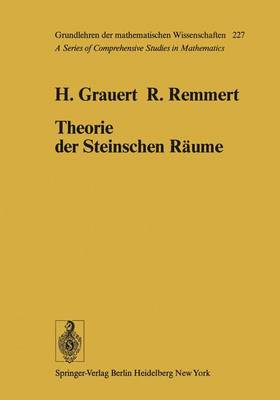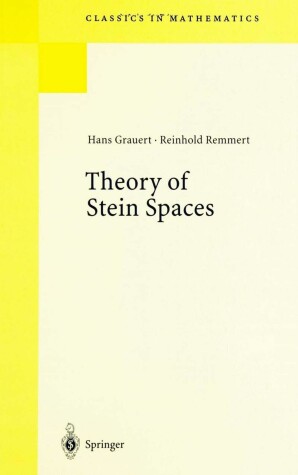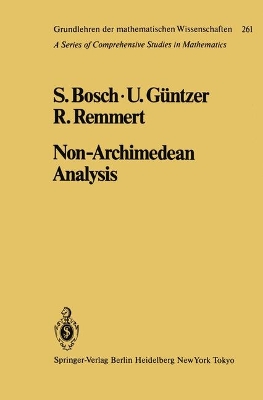Grundlehren der mathematischen Wissenschaften
4 primary works
Book 227
1. Der klassische Satz von Mittag-LeIDer, nach dem in jedem Gebiete der GauB- schen Zahlenebene ce meromorphe Funktionen mit vorgegebenen Hauptteilen konstruiert werden konnen, wurde bereits 1895 von P. Cousin auf den Fall von mehreren komplexen Veranderlichen iibertragen. Allerdings konnten Cousin und nachfolgende Autoren den analogen Satz nur fUr spezielle Gebiete, namlich Zylindergebiete des m-dimensionalen komplexen Zahlenraumes cern, beweisen. m Es zeigte sich, daB keineswegs in allen Gebieten des ce, 2 S; m
Book 236
1. The classical theorem of Mittag-Leffler was generalized to the case of several complex variables by Cousin in 1895. In its one variable version this says that, if one prescribes the principal parts of a merom orphic function on a domain in the complex plane e, then there exists a meromorphic function defined on that domain having exactly those principal parts. Cousin and subsequent authors could only prove the analogous theorem in several variables for certain types of domains (e. g. product domains where each factor is a domain in the complex plane). In fact it turned out that this problem can not be solved on an arbitrary domain in em, m ~ 2. The best known example for this is a "notched" bicylinder in 2 2 e . This is obtained by removing the set { (z , z ) E e 11 z I ~ !, I z 1 ~ !}, from 1 2 1 2 2 the unit bicylinder, ~ :={(z , z ) E e llz1 1, lz1 1}. This domain D has 1 2 1 2 the property that every function holomorphic on D continues to a function holo- morphic on the entire bicylinder. Such a phenomenon never occurs in the theory of one complex variable.
In fact, given a domain G c e, there exist functions holomorphic on G which are singular at every boundary point of G.
In fact, given a domain G c e, there exist functions holomorphic on G which are singular at every boundary point of G.
Book 261
:So eine Illrbeit witb eigentIid) nie rertig, man muli iie fur fertig erfHiren, wenn man nad) 8eit nnb Umftiinben bas moglid)fte get an qat. (@oetqe,
Book 265
...Je mehr ich tiber die Principien der Functionentheorie nachdenke - und ich thue dies unablassig -, urn so fester wird meine Uberzeugung, dass diese auf dem Fundamente algebraischer Wahrheiten aufgebaut werden muss (WEIERSTRASS, Glaubensbekenntnis 1875, Math. Werke II, p. 235). 1. Sheaf Theory is a general tool for handling questions which involve local solutions and global patching. "La notion de faisceau s'introduit parce qu'il s'agit de passer de donnees 'locales' a l'etude de proprietes 'globales'" [CAR], p. 622. The methods of sheaf theory are algebraic. The notion of a sheaf was first introduced in 1946 by J. LERAY in a short note Eanneau d'homologie d'une representation, C. R. Acad. Sci. 222, 1366-68. Of course sheaves had occurred implicitly much earlier in mathematics. The "Monogene analytische Functionen", which K. WEIERSTRASS glued together from "Func- tionselemente durch analytische Fortsetzung", are simply the connected components of the sheaf of germs of holomorphic functions on a RIEMANN surface*'; and the "ideaux de domaines indetermines", basic in the work of K. OKA since 1948 (cf. [OKA], p. 84, 107), are just sheaves of ideals of germs of holomorphic functions.
Highly original contributions to mathematics are usually not appreciated at first. Fortunately H. CARTAN immediately realized the great importance of LERAY'S new abstract concept of a sheaf. In the polycopied notes of his Semina ire at the E. N. S.
Highly original contributions to mathematics are usually not appreciated at first. Fortunately H. CARTAN immediately realized the great importance of LERAY'S new abstract concept of a sheaf. In the polycopied notes of his Semina ire at the E. N. S.



